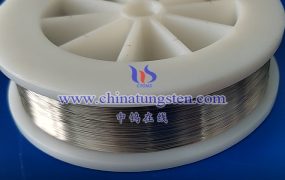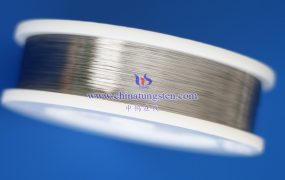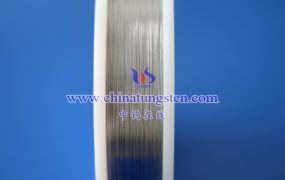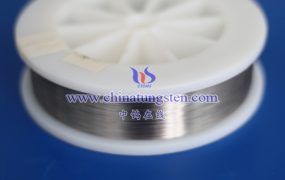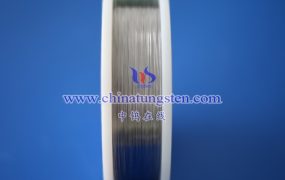The vibration resistance test of tungsten wire can be conducted in a variety of ways. The following are some common test methods:
- Test purpose
The vibration resistance test of tungsten wire is intended to evaluate its stability and durability in a vibration environment to ensure that it can work normally in specific applications (such as incandescent lamps, electronic equipment, etc.) without breaking or performance degradation due to vibration.
- Test method
Laser Doppler vibrometer:
Principle: Use a laser Doppler vibrometer to emit a laser beam to the surface of the tungsten wire, and accurately measure the vibration characteristics of the tungsten wire by measuring the frequency change of the reflected light.
Steps:
Fix the tungsten wire on the test device to ensure that it is in a stable state.
Use a laser Doppler vibrometer to scan the tungsten wire and record its vibration frequency, amplitude and other parameters.
Analyze the vibration resistance of the tungsten wire based on the test results.
Advantages: Non-contact measurement will not damage the tungsten wire; high precision, can accurately reflect the tiny vibration of the tungsten wire.

Mechanical vibration test method:
Principle: Vibrate the tungsten wire with a certain frequency and amplitude through a mechanical vibration device to observe its response and durability.
Steps:
Install the tungsten wire on the vibration table to ensure that it is firmly fixed.
Set the vibration frequency and amplitude of the vibration table and start the vibration test.
Observe and record the deformation, fracture or performance change of the tungsten wire during the vibration process.
Evaluate the vibration resistance of the tungsten wire based on the test results.
Advantages: It can simulate the vibration conditions in the actual working environment and comprehensively evaluate the vibration resistance of the tungsten wire.
Resonance frequency test method:
Principle: Evaluate the vibration resistance of the tungsten wire by measuring its resonant frequency. The resonant frequency is the frequency at which an object resonates at a specific frequency, which is related to the mass and stiffness of the object.
Steps:
Use an exciter to apply excitation signals of different frequencies to the tungsten wire.
Observe and record the vibration response of the tungsten wire at different frequencies.
Determine the resonant frequency of the tungsten wire and analyze its relationship with vibration resistance.
Evaluate the vibration resistance of the tungsten wire based on the test results.
Note: The resonant frequency test method requires professional test equipment and operating skills to ensure the accuracy and safety of the test.
- Test standards and requirements
When conducting tungsten wire vibration resistance tests, relevant test standards and requirements should be followed to ensure the accuracy and comparability of the test. These standards and requirements may include aspects such as the calibration of test equipment, the setting of test conditions, and the recording and analysis of test data.
- Application and significance
The results of the tungsten wire vibration resistance test are of great significance for evaluating its stability and durability in specific applications. For example, in incandescent lamps, the vibration resistance of tungsten wires directly affects the service life and performance stability of the bulb. Through the vibration resistance test, tungsten wire materials with excellent performance can be screened out to improve the quality and reliability of bulbs.
More details of tungsten wires, please visit website: http://tungsten.com.cn/tungsten-wires.html
Please contact CHINATUNGSTEN for inquiry and order of tungsten needles:
Email: sales@chinatungsten.com
Tel.: +86 592 5129595

